
As modern enterprise and cloud environments scale, the complexity and volume of network traffic increase dramatically. NetFlow is used to record metadata about the traffic flows traversing a network device such as a router, switch, or host. NetFlow data, essential for understanding network traffic, can be effectively modeled as graphs where edges capture properties such as connection duration and��
]]>
Join this virtual developer day to learn how AI and Machine Learning can revolutionize fraud detection and financial crime prevention.
]]>
NetworkX is a popular, easy-to-use Python library for graph analytics. However, its performance and scalability may be unsatisfactory for medium-to-large-sized networks, which can significantly hinder user productivity. NVIDIA and ArangoDB have collectively addressed these performance and scaling issues with a solution that requires zero code changes to NetworkX.
]]>
In our previous exploration of graph analytics, we uncovered the transformative power of GPU-CPU fusion using NVIDIA cuGraph. Building upon those insights, we now introduce a revolutionary new architecture that redefines the boundaries of graph processing. During our earlier foray into graph analytics, we faced various challenges with the architecture we utilized. While effective��
]]>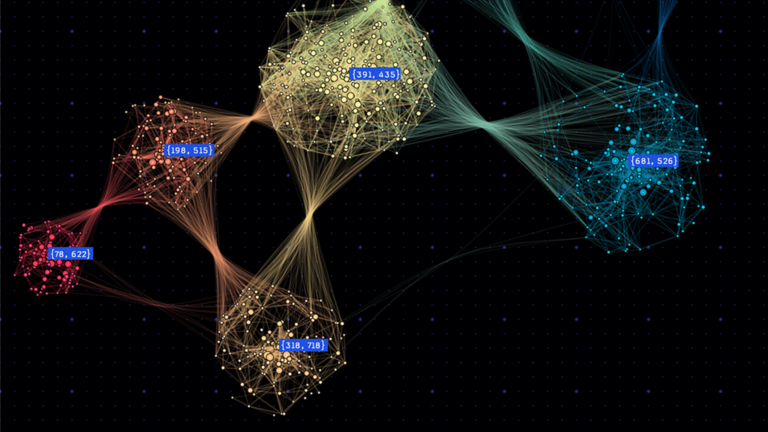
Large-scale graph neural network (GNN) training presents formidable challenges, particularly concerning the scale and complexity of graph data. These challenges extend beyond the typical concerns of neural network forward and backward computations, encompassing issues such as bandwidth-intensive graph feature gathering and sampling, and the limitations of single GPU capacities.
]]>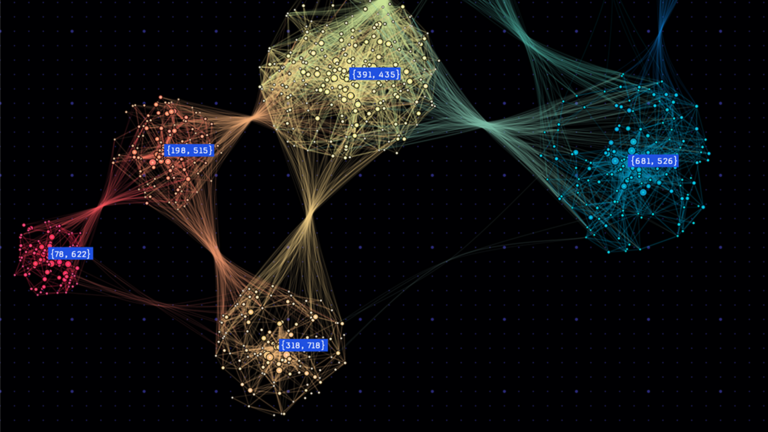
Graph neural networks (GNNs) have revolutionized machine learning for graph-structured data. Unlike traditional neural networks, GNNs are good at capturing intricate relationships in graphs, powering applications from social networks to chemistry. They shine particularly in scenarios like node classification, where they predict labels for graph nodes, and link prediction, where they determine the��
]]>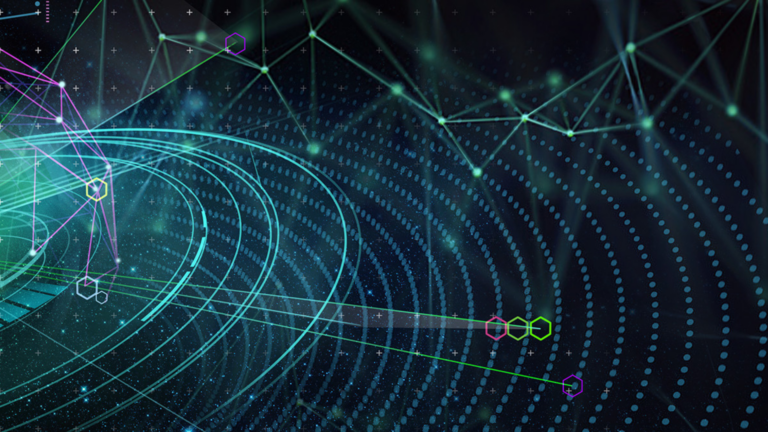
NetworkX states in its documentation that it is ����a Python package for the creation, manipulation, and study of the structure, dynamics, and functions of complex networks.�� Since its first public release in 2005, it��s become the most popular Python graph analytics library available. This may explain why NetworkX amassed 27M PyPI downloads just in September of 2023. How is NetworkX able to��
]]>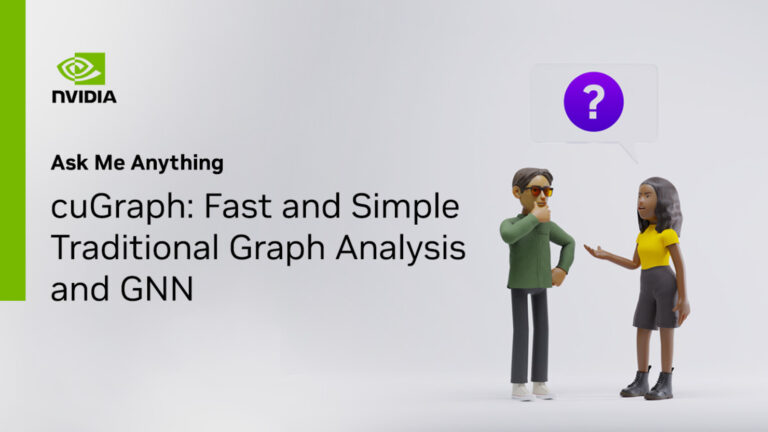
Join us April 12 and ask experts about NVIDIA cuGraph with added support for GNN, accelerated aggregators, models, and extensions to DGL and PyG.
]]>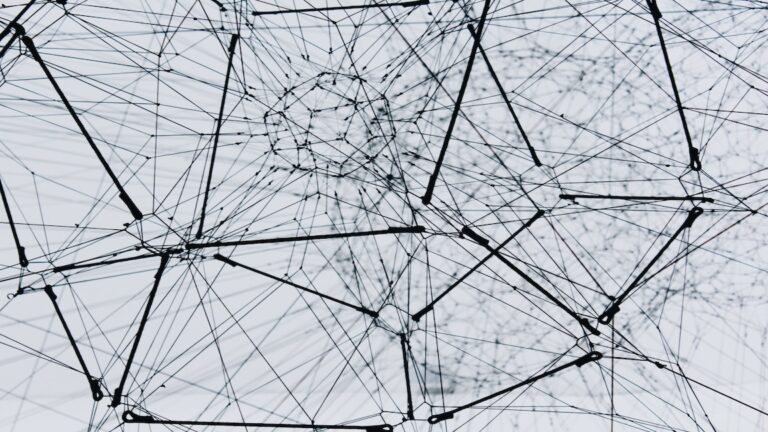
Beyond the unimaginable prices for monkey pictures, NFT��s underlying technology provides companies with a new avenue to directly monetize their online engagements. Major brands such as Adidas, NBA, and TIME have already begun experimenting with these revenue streams using NFTs�Cand we are still early in this trend. As data practitioners, we are positioned to provide valuable insights into��
]]>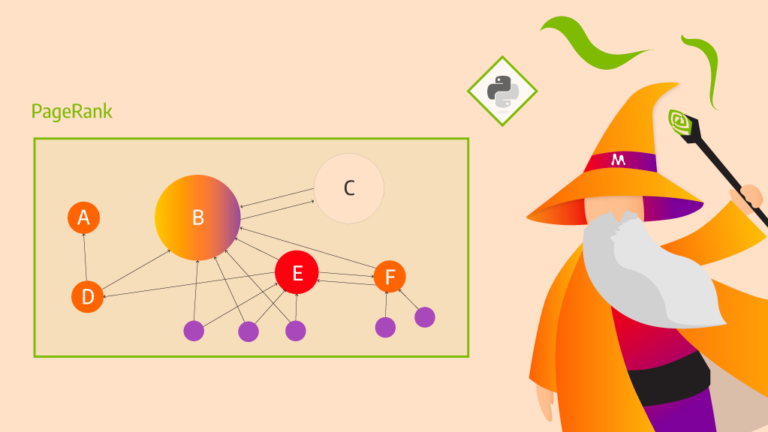
With the latest Memgraph Advanced Graph Extensions (MAGE) release, you can now run GPU-powered graph analytics from Memgraph in seconds, while working in Python. Powered by NVIDIA cuGraph, the following graph algorithms now execute on GPU: This tutorial shows you how to use PageRank graph analysis and Louvain community detection to analyze a Facebook dataset containing 1.3��
]]>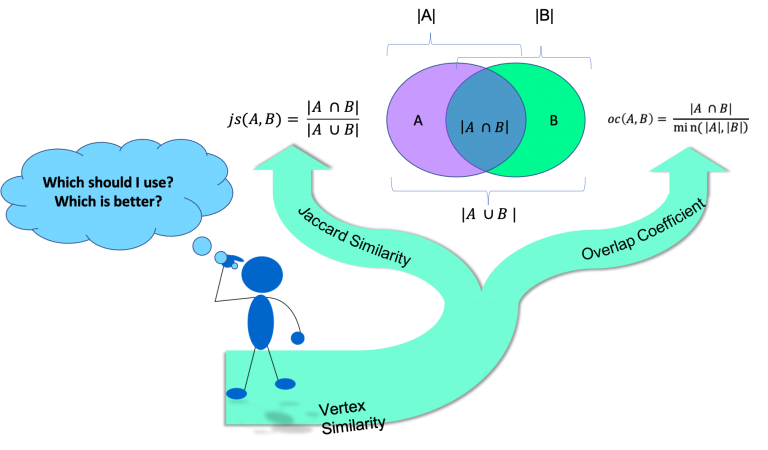
This post was originally published on the RAPIDS AI blog. There is a wide range of graph applications and algorithms that I hope to discuss through this series of blog posts, all with a bias toward what is in RAPIDS cuGraph. I am assuming that the reader has a basic understanding of graph theory and graph analytics. If there is interest in a graph analytic primer, please leave me a comment��
]]>Suppose you want to find the most influential user of Twitter. You would need to know not only how many followers everyone has, but also who those followers are, who the followers of those followers are, and so on. This is a graph problem. Graphs are a mathematical structure that model relationships between entities, whether they��re people, computers, proteins or even abstract concepts.
]]>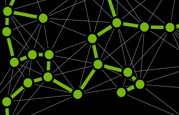
Graphs are mathematical structures used to model many types of relationships and processes in physical, biological, social and information systems. They are also used in the solution of various high-performance computing and data analytics problems. The computational requirements of large-scale graph processing for cyberanalytics, genomics, social network analysis and other fields demand powerful��
]]>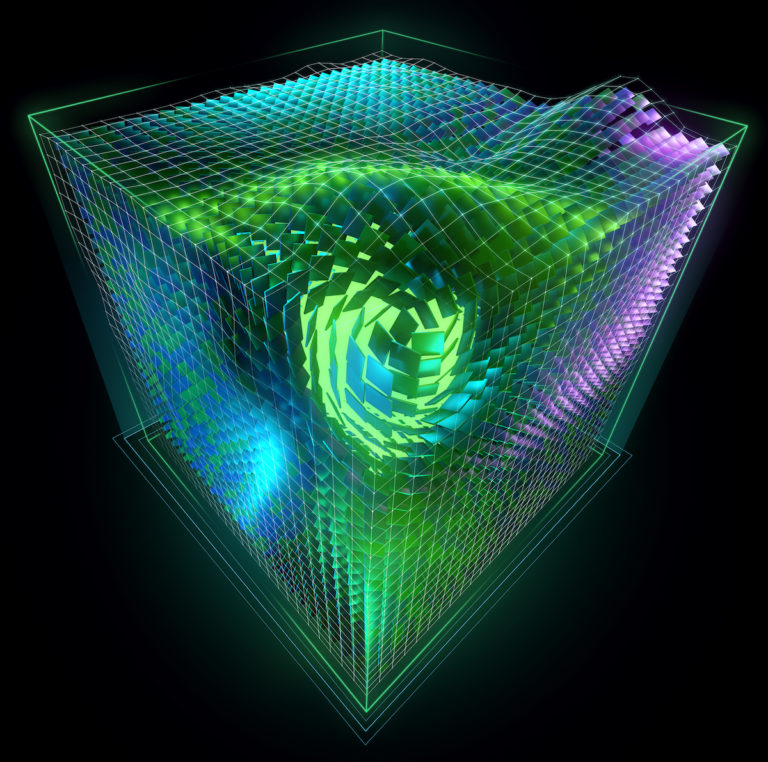
Today I��m excited to announce the general availability of CUDA 8, the latest update to NVIDIA��s powerful parallel computing platform and programming model. In this post I��ll give a quick overview of the major new features of CUDA 8. To learn more you can watch the recording of my talk from GTC 2016, ��CUDA 8 and Beyond��. A crucial goal for CUDA 8 is to provide support for the powerful new��
]]>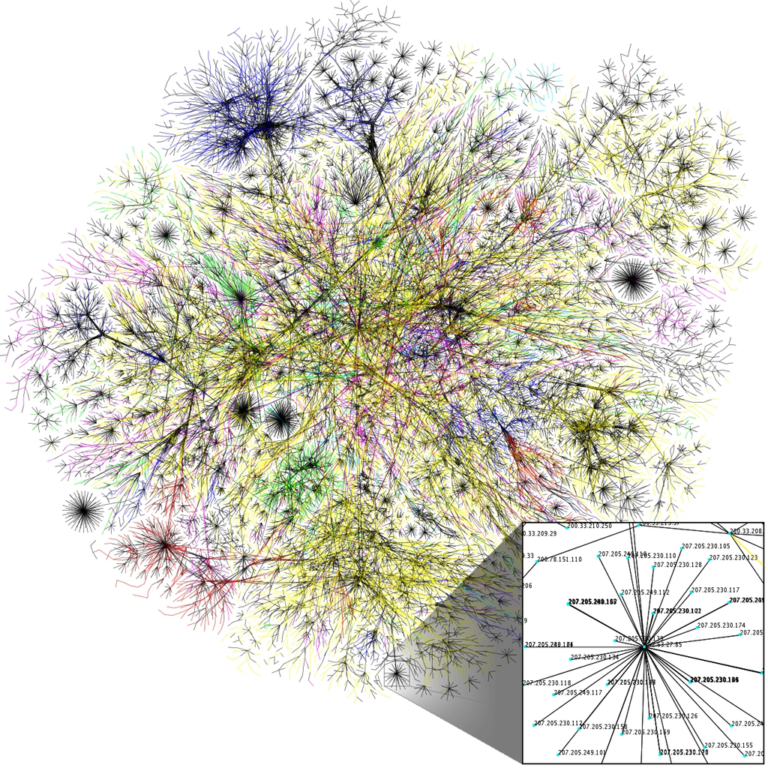
Did you see the White House��s recent initiative on Precision Medicine and how it is transforming the ways we can treat cancer? Have you avoided clicking on a malicious website based on OpenDNS��s SecureRank predictive analytics? Are you using the Wikidata Query Service to gather data to use in your machine learning or deep learning application? If so, you have seen the power of graph applications.
]]>